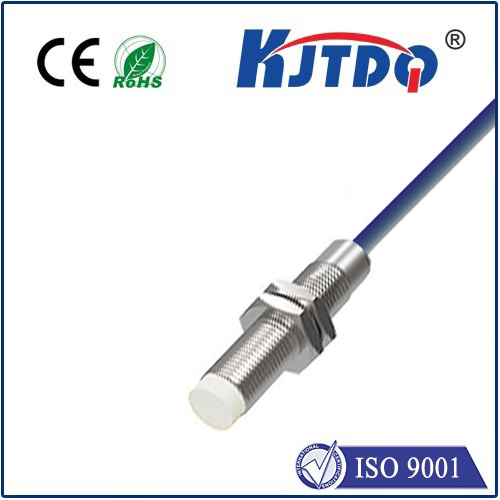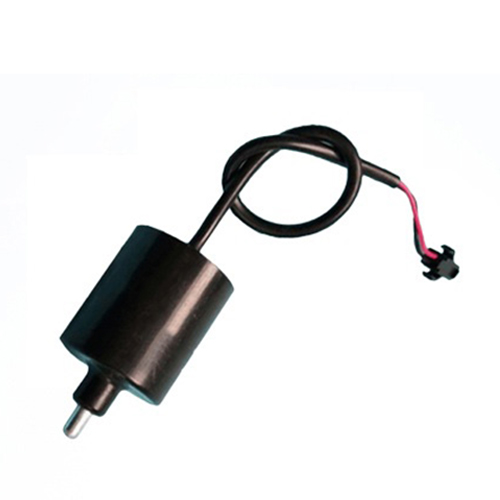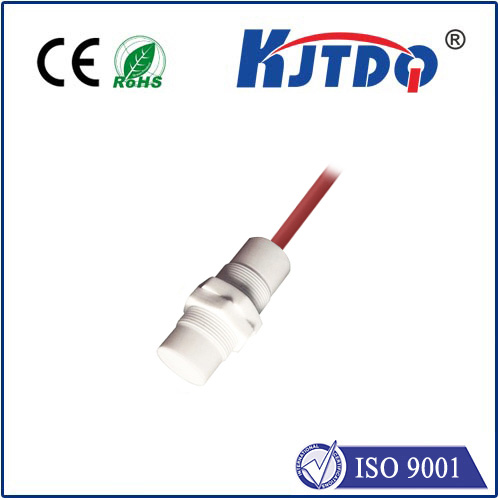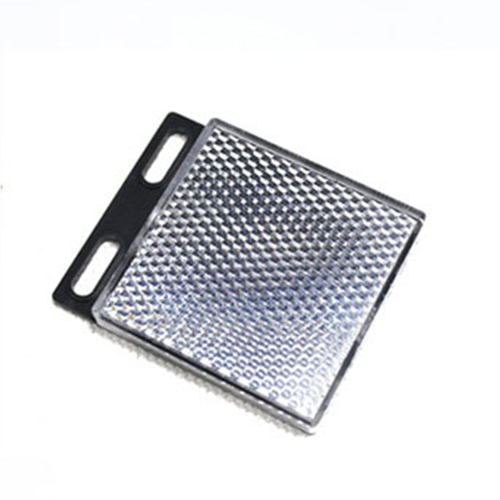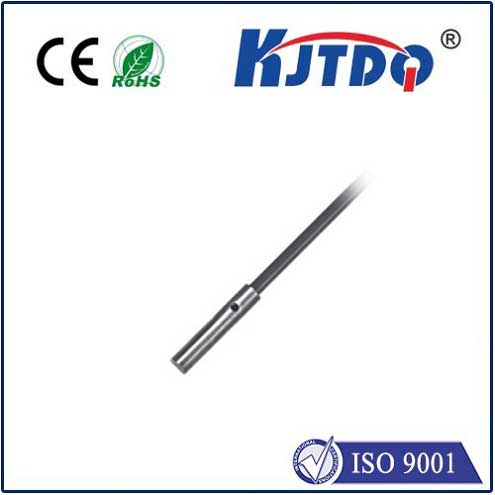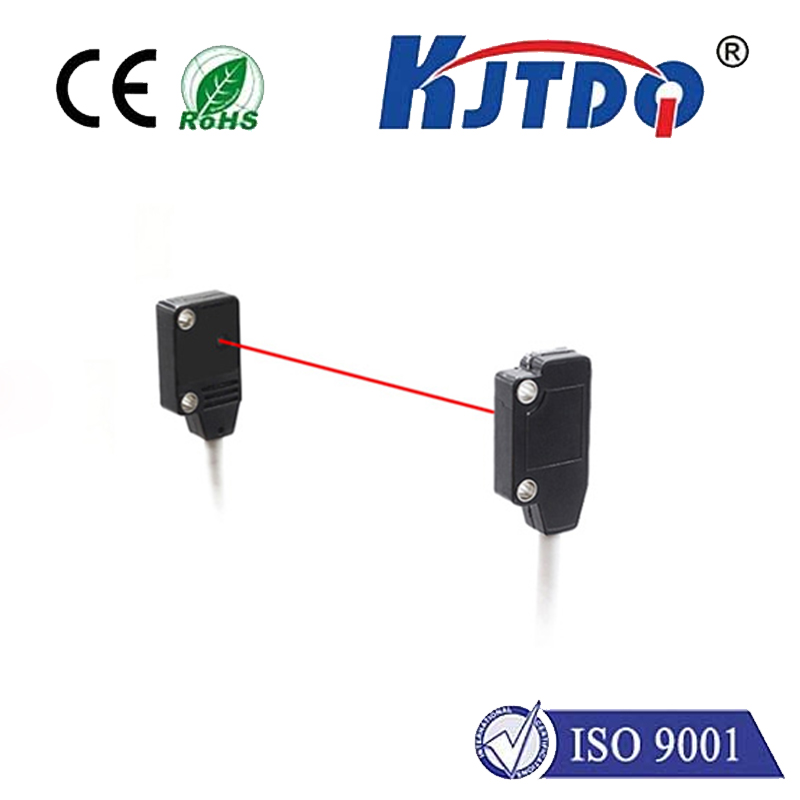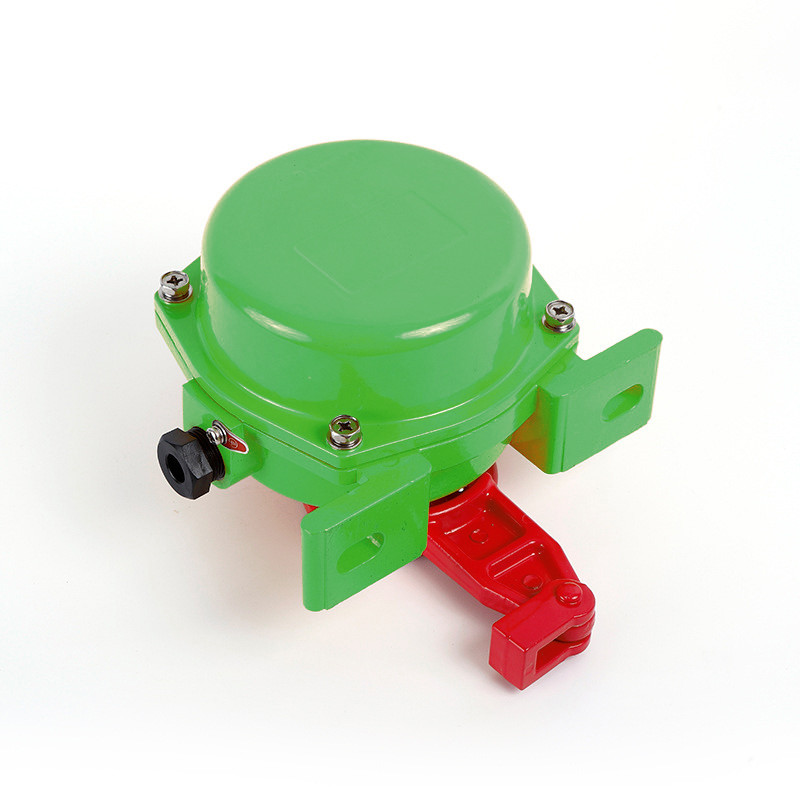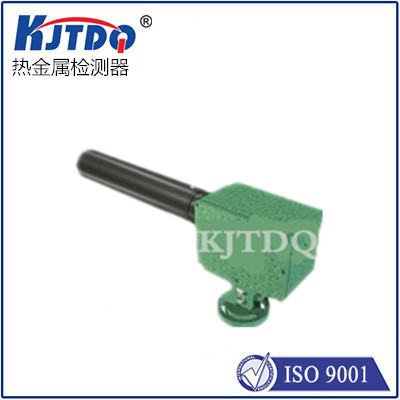

check

check

check

check

check

check

check

check

check

check
The world of photography has undergone a remarkable transformation with the advent of digital technology. One of the key components that have played a significant role in this evolution is the photo sensor. The ideal photo sensor is not just a piece of hardware but a technological marvel that captures images with exceptional clarity, accuracy, and speed. In this article, we will explore the features and benefits of an ideal photo sensor and how it is revolutionizing image capture.
An ideal photo sensor is designed to provide high-quality images with minimal noise and maximum dynamic range. It achieves this by using advanced imaging techniques such as backside illumination, which allows more light to enter the sensor, resulting in better low-light performance. Additionally, an ideal photo sensor employs microlenses on top of each pixel to further enhance light collection efficiency. These features ensure that the captured images are sharp, vibrant, and true to life.

Another crucial aspect of an ideal photo sensor is its ability to reproduce color accurately. This is achieved through color filter arrays (CFAs) that allow the sensor to capture different colors separately, enabling it to produce images with rich, accurate colors. Moreover, an ideal photo sensor also incorporates sophisticated algorithms to correct for lens distortion, chromatic aberration, and other optical defects, ensuring that the final image is free from imperfections.
The speed at which an ideal photo sensor operates is also a critical factor in modern photography. With the increasing demand for high-speed photography, such as sports and wildlife photography, an ideal photo sensor must be capable of capturing images at incredibly fast rates without sacrificing image quality. Some state-of-the-art photo sensors can shoot up to several frames per second, allowing photographers to capture split-second moments with ease.
In addition to these technical advancements, an ideal photo sensor also offers flexibility in terms of resolution and crop factors. This means that photographers can choose the appropriate sensor size and resolution based on their specific needs, whether they require a large full-frame sensor for landscape photography or a smaller APS-C sensor for travel photography.
Furthermore, an ideal photo sensor is designed to work seamlessly with various camera systems, including mirrorless and DSLR cameras. This compatibility ensures that photographers can use their preferred camera system without compromising on image quality or performance.
In conclusion, an ideal photo sensor is a game-changer in the realm of photography. Its advanced features, including high-quality image capture, accurate color reproduction, fast operation, and flexible resolution options, make it an essential tool for professional photographers and hobbyists alike. As technology continues to evolve, we can expect even more innovative developments in photo sensor technology, further revolutionizing the way we capture and share our visual experiences.
